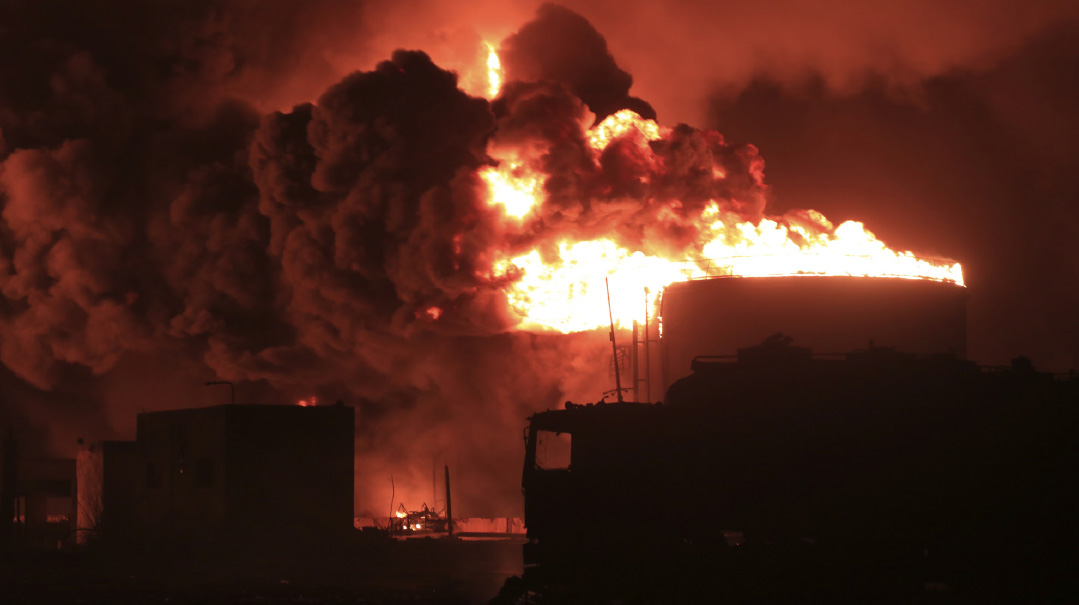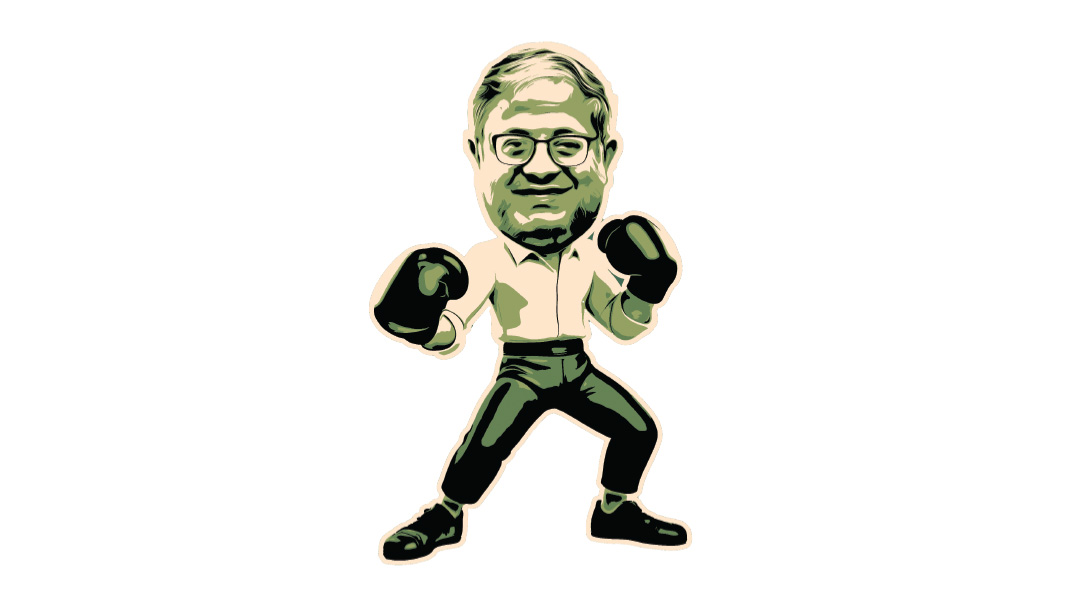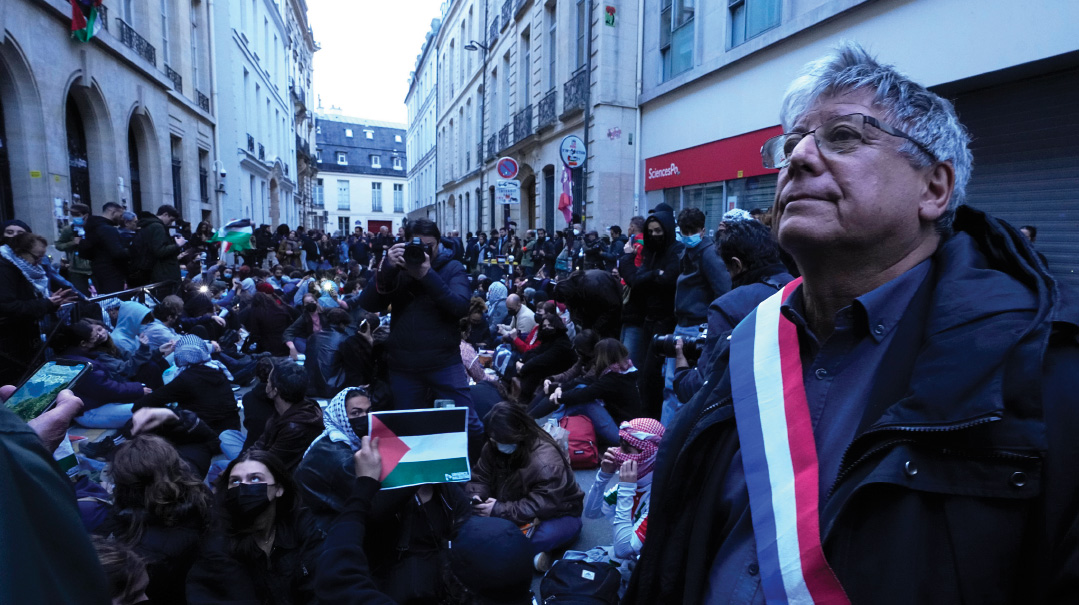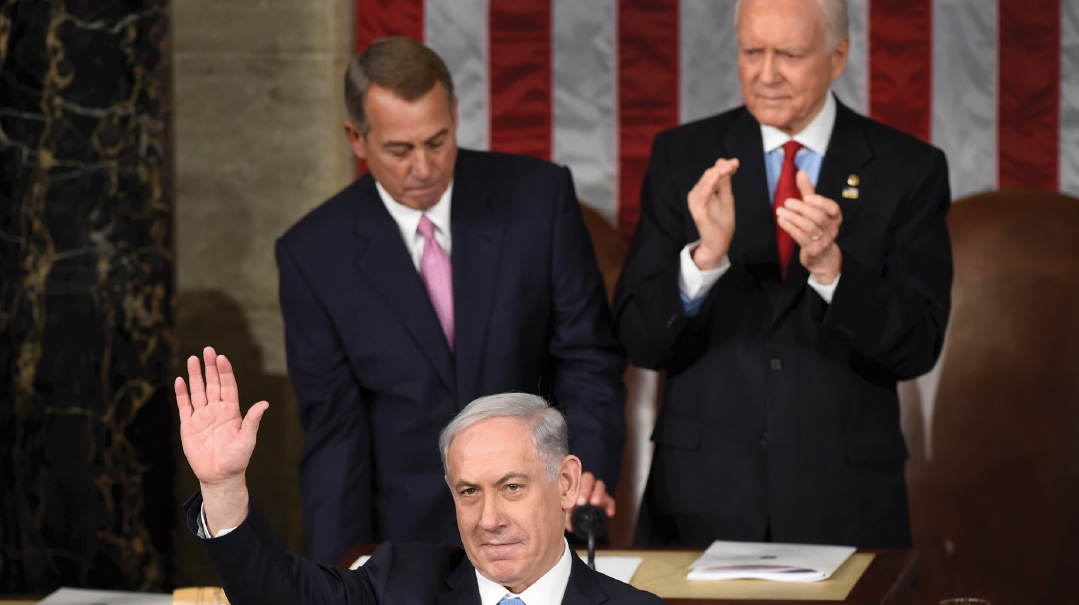How Bin Laden Became a Teen Icon

What does it portend that young people are so easily swayed by Islamist propaganda and calls to extreme violence?
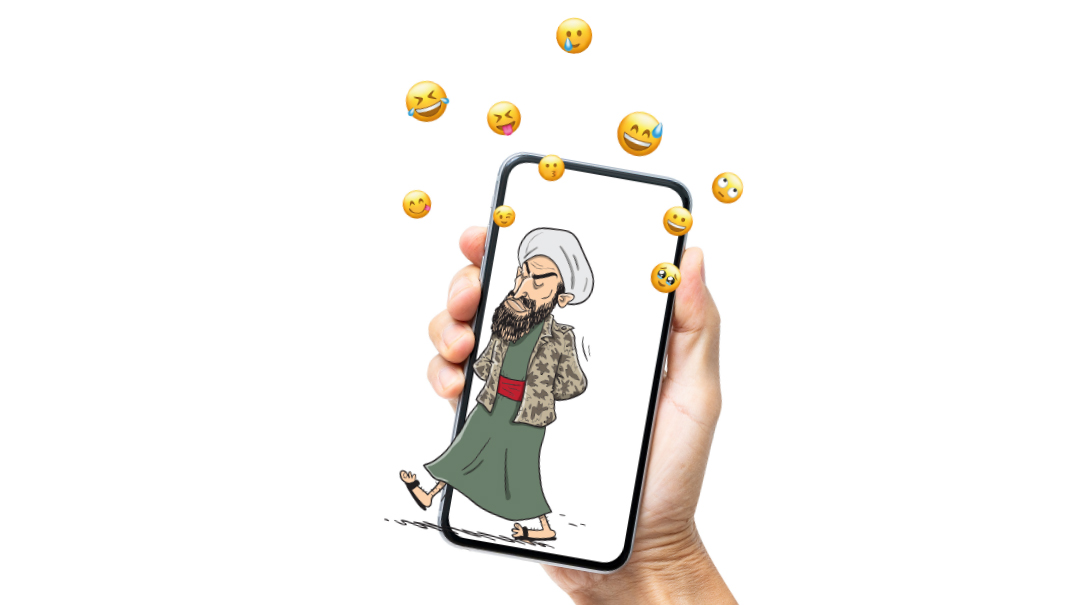
T
he sharp spike in global anti-Semitism after October 7 has everyone on edge, but even the gloomiest pessimists were shocked by last week’s news: Arch-terrorist Osama bin Laden began trending on TikTok. An open letter that bin Laden wrote to Americans in 2002 went viral among teenagers born after the 9/11 attacks he masterminded. Even the minders on TikTok — of late a cesspool of Jew hatred, perhaps instigated by the platform bosses in Beijing — thought it was too much, and clamped down on mentions of bin Laden.
But burning questions swirl in the wake of this news. TikTok has surged to 1.5 billion users worldwide and is the favorite among the 16-to-24 demographic. What does it portend that young people are so easily swayed by Islamist propaganda and calls to extreme violence?
1
Adulation for Bin Laden
Osama bin Laden’s so-called “Letter to America,” penned just a year after 9/11 in November 2002, used deceptive anti-Semitic rhetoric to justify the attacks on the United States. Among other things, he claimed that Israelis were “planning to destroy the Al-Aqsa Mosque” and demanded that American society embrace Islam.
These words found a surprisingly receptive audience among TikTok’s user cohort, which is largely ignorant of the conflict in the Middle East. Western universities and public education have championed concepts like critical race theory, which essentially asserts that blame for global ills always falls on white men. Thoughts that were previously expressed only in extreme left circles have found wider acceptance in the mainstream.
Young people educated in this environment said last week that bin Laden’s letter “opened their eyes” to what’s been happening in the Arab world. In other words, many protesters didn’t truly understand why they were demonstrating against Israel, and this pamphlet provided a new “ideological foundation” for their participation.
2
Islamo-Leftism
While the convergence of radical Islamists and left-wing sympathizers may surprise many Americans, this phenomenon has been developing in Europe for years, rooted ideologically in France. The “red-and-green alliance” between socialists and Islamists took hold there first, and this is not surprising given that France hosts Europe’s largest Muslim population, alongside its largest Jewish population.
Author Alejo Schapire, born in Argentina and based in France, has studied the links between leftist movements and Islamic radicalism extensively. “While some Trotskyists still call for a ‘free and secular Palestine,’ the new mainstream within the left believes that Islamism is a legitimate tool of emancipation — discarding the Marxist principle that religion is the opiate of the masses, an element of oppression,” he says. “Islamism, meanwhile, has used the left as a Trojan horse to advance its own ideas.”
3
Radical Future
The viral spread of bin Laden videos on platforms like TikTok shows that among the youth demographic, the so-called “Palestinian cause” has a head start on Israeli efforts. In fact, a recent Quinnipiac University survey revealed that respondents under the age of 35 support Palestinians over Israel by a margin of 52 percent to 29 percent.
Schapire, who warned about these trends in his book The Progressive Betrayal, suggests we are seeing increased radicalization among young people. “The demographic shift favors those who view this issue as identity-based, believing in a historical injustice perpetrated by the West that must now be paid for. In the 180,000-strong march against anti-Semitism in France, the majority of participants were older individuals. This raises concerns about the future, with young people questioning what were thought to be universalist traditions.”
4
A Two-Stage Revolution
How do proponents of the burqa and women’s subjugation coexist with feminists and advocates for gender freedoms? According to Schapire, this is not a problem for the left, which foresees a “two-stage” revolution.
In the first stage, based on the notion that “the enemy of my enemy is my friend,” a coalition of victim groups will gather against a common enemy — the Eurocentric white man. The fight against this common enemy will overshadow the significant differences among these victim groups. The Palestinians have become the Left’s paradigmatic victims of the “last colonialism” being perpetrated by the white man. In this context, Islamists serve as shock troops to eliminate the “oppressors.”
The left believes that in the second stage, minority groups will come to respect each other. Given the nature of radical Islamic thought, though, this belief could be considered naive, at the very least.
5
The Appeal of Political Violence
The adulation of bin Laden, the mastermind of the most significant terrorist attack on US soil, fits with the left’s penchant for glorifying violent leaders. In countries with strong left-wing traditions, the 9/11 attacks were celebrated as a simple “act of justice.” Figures like Che Guevara, Lenin, or Mao are considered pop icons, their faces adorning shirts, flags, and posters at most universities.
What this episode has brought to light is that problems like anti-Semitism and radicalization of young people are much more deeply rooted than previously understood. It should serve as an alarm to the free world that it needs to develop new strategies for defeating these pernicious evils.
(Originally featured in Mishpacha, Issue 987)
Oops! We could not locate your form.


